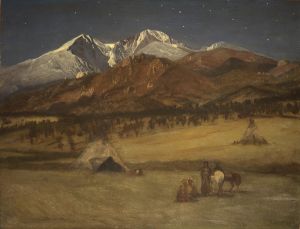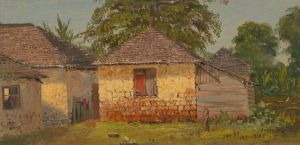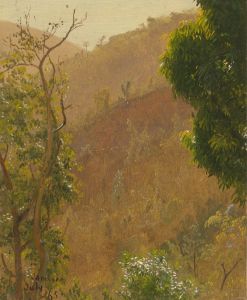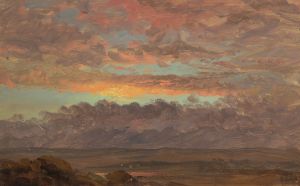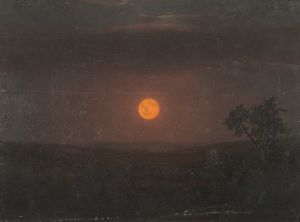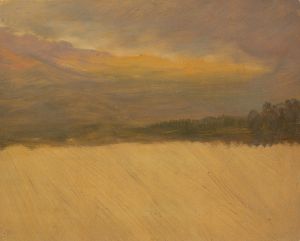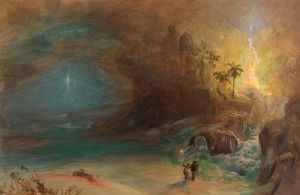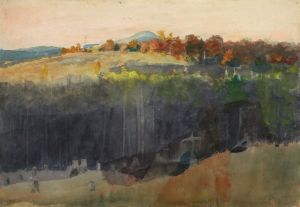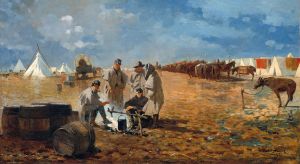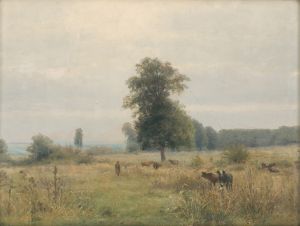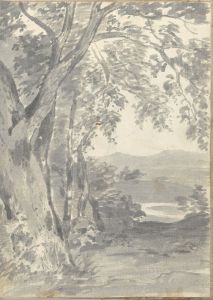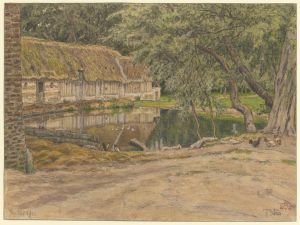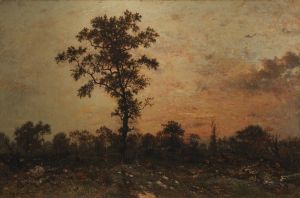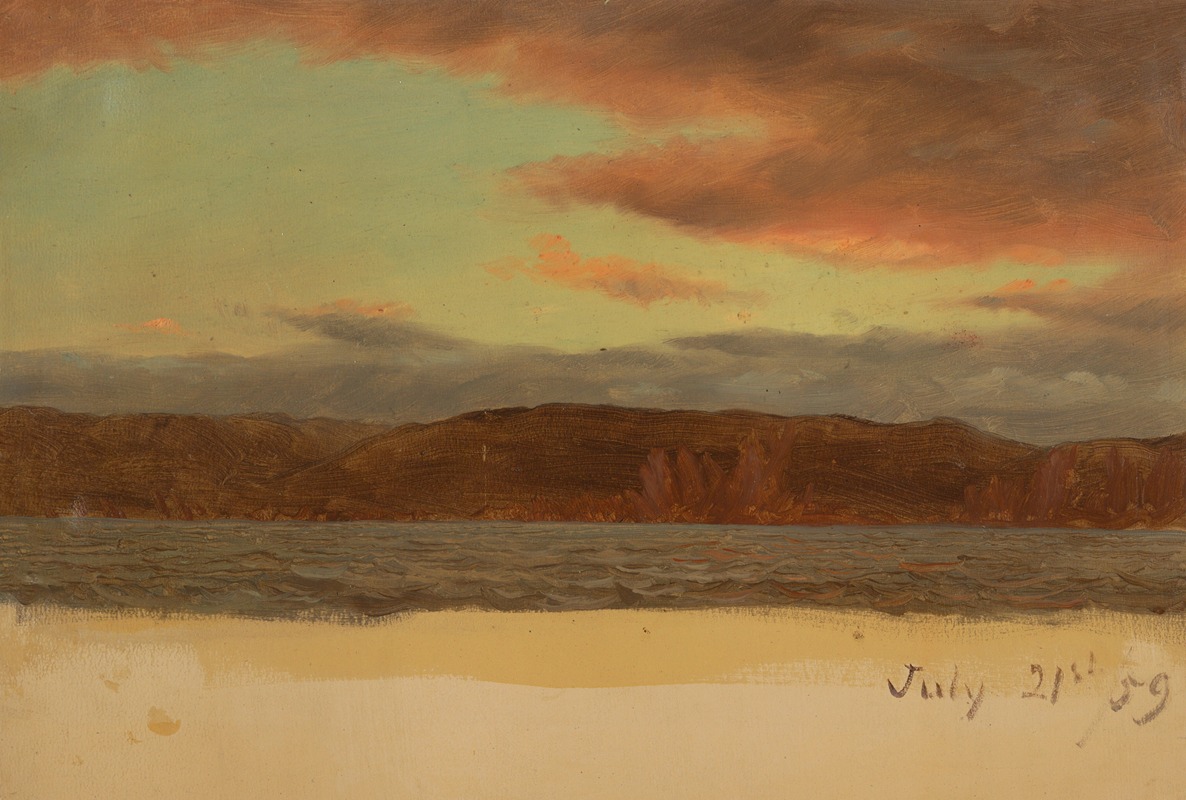
Laborador or Newfoundland coast
A hand-painted replica of Frederic Edwin Church’s masterpiece Laborador or Newfoundland coast, meticulously crafted by professional artists to capture the true essence of the original. Each piece is created with museum-quality canvas and rare mineral pigments, carefully painted by experienced artists with delicate brushstrokes and rich, layered colors to perfectly recreate the texture of the original artwork. Unlike machine-printed reproductions, this hand-painted version brings the painting to life, infused with the artist’s emotions and skill in every stroke. Whether for personal collection or home decoration, it instantly elevates the artistic atmosphere of any space.
Frederic Edwin Church, a prominent American landscape painter of the Hudson River School, created the painting Labrador or Newfoundland Coast in 1861. This work reflects Church's fascination with dramatic and remote landscapes, a hallmark of his artistic career. The painting is believed to have been inspired by Church's travels to the North Atlantic region, specifically his expedition to Newfoundland and Labrador in 1859. During this journey, Church explored the rugged coastal terrain, icebergs, and the stark beauty of the northern environment, which left a profound impact on his artistic vision.
The painting captures the rugged coastline with meticulous attention to detail, showcasing Church's mastery of light, texture, and atmosphere. The composition features a rocky shoreline, turbulent waters, and a dramatic sky, evoking the sublime power of nature. Church's use of vivid colors and precise brushwork conveys the raw beauty and isolation of the northern landscape. The work exemplifies his ability to combine scientific observation with artistic expression, a characteristic that defined much of his oeuvre.
Labrador or Newfoundland Coast was created during a period when Church was at the height of his career. By the 1860s, he had gained widespread recognition for his large-scale landscapes, which often depicted exotic or remote locations. His works were celebrated for their grandeur and their ability to evoke a sense of awe and wonder in viewers. This painting is no exception, as it reflects both the physical reality and the emotional resonance of the northern environment.
The painting is part of Church's broader body of work that explores themes of exploration, discovery, and the sublime. It aligns with the 19th-century Romantic movement, which emphasized the power and majesty of nature. Church's interest in the Arctic and northern regions also reflects the era's fascination with exploration and the unknown.
Today, Labrador or Newfoundland Coast is recognized as an important example of Church's contribution to American landscape painting. It demonstrates his technical skill, his deep appreciation for the natural world, and his ability to translate his experiences into compelling visual narratives. The painting is held in a private collection and is occasionally exhibited in museums and galleries, allowing audiences to appreciate Church's artistic legacy.
This work remains a testament to Frederic Edwin Church's ability to capture the essence of remote and awe-inspiring landscapes, solidifying his place as one of the leading figures of the Hudson River School.





